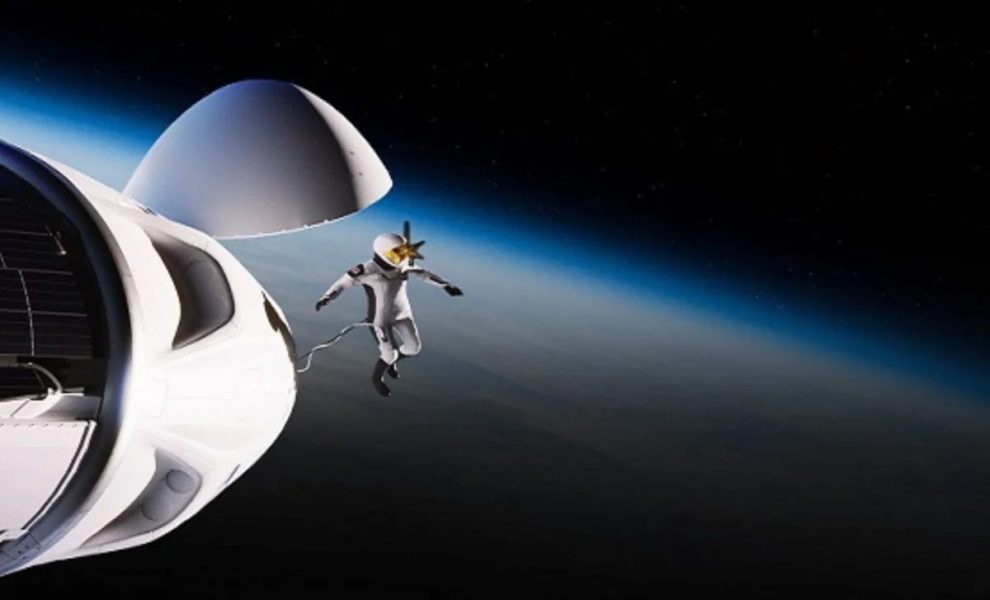Space studies are progressing at a very high speed in the world. In my previous articles, I have explained in detail the types of studies different countries are doing and the space race between the USA and Asia. However, now there is also a commercial dimension to this space race, and we can say that the commercial dimension has almost reached a level where it can compete with the state dimension of this race. In this sense, a very important milestone was passed last week. The SpaceX company achieved a first in this sense by taking a civilian team into space with the space mission called Polaris Dawn, and achieved a significant success, and the world’s first commercial spacewalk was also carried out. Moreover, by reaching an altitude of 1400 km, this space mission broke the record as the highest-level manned space mission after the Apollo Moon Mission. Of course, this was also the world’s longest-distance civilian flight. Therefore, in a sense, we can say that a new mini-era has opened in the space age.
The First Commercial Spacewalk
At the center of Polaris Dawn was a commercial spacewalk that brought a new perspective to both the private sector and scientific discoveries in space research. Although the spacewalk has long been an event experienced by astronauts, it was the first time that it was carried out with the direct participation of a commercial company. The team that carried out the spacewalk had the distinction of being the first civilian astronauts to set off with the sponsorship and technological support of a private company. This proved that space missions were no longer carried out only by governments and space agencies, but also that commercial companies could play important roles in this field. While this spacewalk offered by this mission was a technically successful operation on the one hand, it also had great meaning in terms of discovering the economic potential of space on the other.

The importance of the first commercial spacewalk is not only limited to technical success. This walk can also be considered a turning point in the evolution of the space industry. Space operations, which had been under the control of governments for many years, began to become much more accessible with the involvement of private companies in this field. The spacewalk of a civilian during the Polaris Dawn mission showed that private companies could play an effective role in space operations and that these companies could contribute to scientific progress. This step was also a great incentive for the growth of the space economy and for private initiatives to gain effectiveness in this field. It has thus been confirmed that space exploration has become a goal shared not only by scientists or governments, but also by civil entrepreneurs and the private sector.
The Polaris Dawn mission was also of great importance in terms of technological innovations and scientific discoveries. The new generation technologies used during the mission were designed to solve many problems encountered during space walks. For example, the communication problems and security risks encountered in previous space missions were minimized thanks to the superior technological equipment of this mission. This also constituted an important reference point for future space missions. In addition, the data obtained from this space flight both contributed to scientific research and inspired future commercial space projects, paving the way for other commercial space flights. For example, the first manned flight to an altitude of 1400 km since 1969 provided new knowledge on how radiation in space affects people.
Space Stations in Orbit
There are currently many commercial space flights planned and a commercial space station is on the agenda in the near future. The ISS (International Space Station), which is currently in space, will be demoted and destroyed in 2030 due to its age and the end of its economic life. In this sense, commercial organizations are working seriously to build their own space stations by 2030 to fill this gap. The only space station currently in space other than the ISS is the Tiangong space station launched by the Chinese Space Agency, and even the Chinese Space Agency is considering opening this space station to commercial operations. In addition, many space companies have taken action to build the world’s first space hotel.
First Space Hotel
The first space hotel, Voyager Station, will open in 2027 and thus represents a major leap forward in space tourism. The space hotel, which is being developed by the Orbital Assembly Corporation, is planned to host up to 400 guests in a luxurious environment with bars, restaurants and even a gym. The Space Hotel, which will orbit the Earth at an altitude of 1,900 kilometers and simulate artificial gravity with its rotating structure, offering a more comfortable experience compared to a zero-gravity environment, will offer a variety of accommodations, including luxury suites and standard rooms spread over 24 modules. This space hotel will not only appeal to space tourists, but will also serve as a research center, with some modules being leased to institutions such as NASA for scientific experiments. The project is designed to utilize existing space technologies applied in innovative ways to create a livable environment in orbit.

As can be seen, as the space tourism industry grows, these and similar projects are seen as an important step in making space more accessible to the public.




































Add Comment